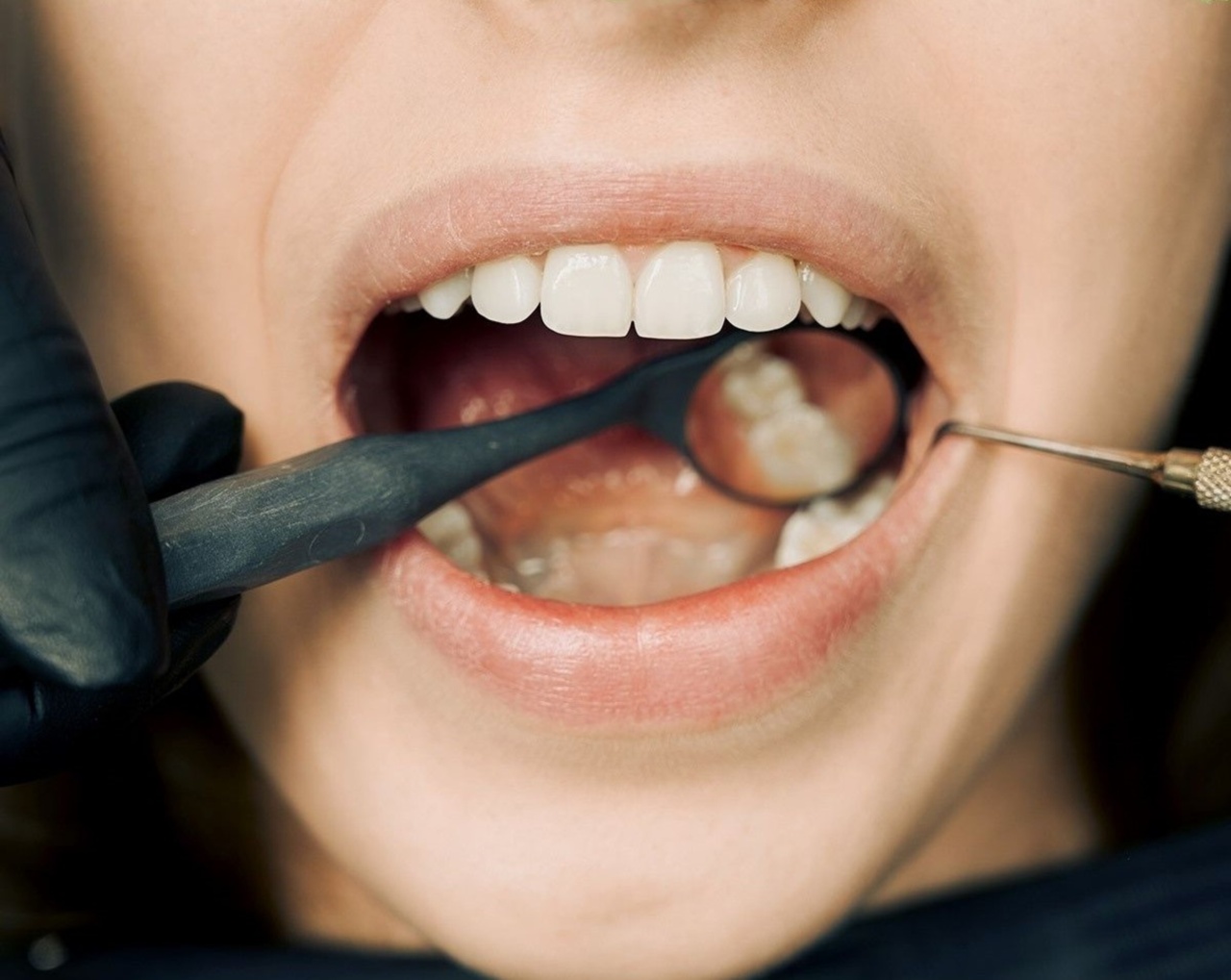Keeping our teeth clean and healthy is an essential part of maintaining good oral hygiene.
Most of us have been brushing our teeth since childhood, but are we doing it correctly? In this article, we will explore the right way to clean your teeth and provide some helpful tips to improve your dental care routine.
The Importance of Proper Teeth Cleaning
Before we dive into the correct techniques, let’s understand why proper teeth cleaning is crucial.
Our mouth is a breeding ground for bacteria, and if not cleaned adequately, these bacteria can lead to various oral health issues such as gum disease, tooth decay, and bad breath.
Regular brushing and flossing help remove plaque and food particles that get stuck between our teeth. If left untreated, plaque hardens into tartar, which can only be removed by professional dental cleaning.
Failure to maintain proper teeth cleaning can ultimately result in costly dental treatments and even tooth loss.
Choosing the Right Toothbrush and Toothpaste
One of the first steps towards effective teeth cleaning is selecting the right tools. Here are a few factors to consider:.
1. Bristle Type
Opt for soft or extra-soft bristles as they are gentle on your gums and tooth enamel. Hard bristles may cause gum irritation and enamel erosion.
2. Size and Shape
Choose a toothbrush with a head that comfortably fits in your mouth and can reach all areas of your teeth.
3. Electric vs. Manual
Both electric and manual toothbrushes can be effective if used correctly. Electric toothbrushes with rotating or oscillating heads may provide a more thorough clean.
4. Toothpaste
Look for toothpaste that contains fluoride, as it helps strengthen the enamel and protect against tooth decay. There are various types of toothpaste available, such as those for sensitive teeth or specific oral conditions like gum disease.
Consult your dentist to find the best toothpaste for your needs.
The Correct Brushing Technique
Now that you have the right tools, let’s dive into the proper technique for brushing your teeth:.
1. Angle the Brush
Hold your toothbrush at a 45-degree angle towards the gum line. This angle allows the bristles to reach beneath the gums, where plaque often accumulates.
2. Gentle Circular Motions
Using soft pressure, make gentle circular motions to clean each tooth individually. This technique ensures that you cover all surfaces of the tooth, including the outer, inner, and chewing surfaces.
3. Don’t Forget Your Tongue
Brushing your tongue is equally important as it helps remove bacteria responsible for bad breath. Gently brush your tongue from back to front to eliminate any buildup.
4. Time Your Brushing
It is recommended to brush your teeth for a minimum of two minutes, twice a day. Set a timer or use an electric toothbrush with a built-in timer to ensure you are spending enough time on your oral care routine.
5. Rinse and Spit
After brushing, rinse your mouth thoroughly with water and spit out the toothpaste. Avoid rinsing with excessive force, as it may wash away the fluoride protection provided by the toothpaste.
The Role of Flossing
Brushing alone is not sufficient to keep your teeth completely clean. Flossing is an essential step in removing plaque and food particles from between your teeth and along the gum line.
1. Choose the Right Floss
There are various types of floss available, including traditional floss, floss picks, and water flossers. Choose the type that is most comfortable for you and allows easy access to all areas of your mouth.
2. Proper Technique
Take about 18 inches of floss and wrap it around your middle fingers, leaving a few inches in between. Gently slide the floss between your teeth and curve it against the side of each tooth, reaching below the gum line.
Be careful not to snap the floss, as it can hurt your gums.
3. Be Thorough but Gentle
Floss along each side of every tooth, moving the floss in a C-shape to hug the tooth. Make sure to go below the gum line to remove any hidden plaque or debris. Be gentle to avoid injuring your gums.
4. Time to Floss
Flossing should be done at least once a day, preferably before brushing your teeth. This allows the fluoride from the toothpaste to reach between your teeth more effectively.
Additional Tips for Optimal Dental Care
Besides brushing and flossing, there are other steps you can incorporate into your daily routine to improve your oral hygiene:.
1. Mouthwash
Using an antimicrobial mouthwash helps kill bacteria and freshen your breath. However, it should not replace brushing or flossing. Look for a mouthwash with fluoride and swish it around your mouth for about 30 seconds.
2. Regular Dental Check-ups
Even if you maintain impeccable oral hygiene, regular visits to the dentist are crucial. They can detect any early signs of dental problems and provide professional cleaning to remove stubborn plaque and tartar.
3. Proper Diet
Limit sugary and acidic foods and beverages, as they can erode tooth enamel and lead to cavities. Opt for a balanced diet rich in fruits, vegetables, lean proteins, and dairy products to provide essential nutrients for strong teeth.
4. Avoid Smoking and Excessive Alcohol Consumption
Smoking and excessive alcohol intake can greatly impact your oral health, leading to gum diseases, tooth discoloration, and even oral cancer. Quit smoking and drink alcohol in moderation for the sake of your teeth and overall health.
Conclusion
Proper teeth cleaning is vital for maintaining optimal oral health.
By using the correct brushing technique, along with flossing and additional oral hygiene measures, you can keep your teeth and gums healthy, preventing the need for extensive dental treatments in the future. Remember to choose the right tools, maintain a regular dental care routine, and visit your dentist regularly for professional check-ups.



























